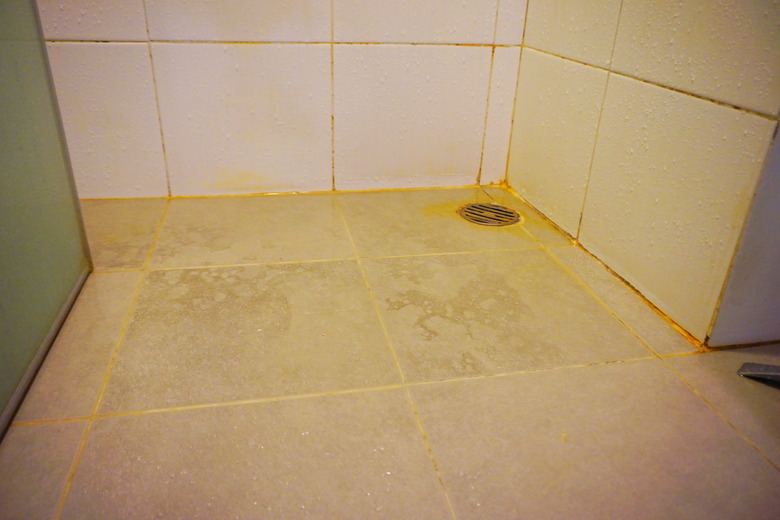How To Remove Sulfur Stains On Showers
Life can be hard, and hard water in your plumbing makes it harder. Hard water, which usually occurs in well water, contains a lot of naturally occurring minerals. The minerals in hard water can cause ugly stains on your shower from sulfur and iron residue. You may also see orange stains in a toilet or shower and even well water stains on a house's exterior if a sprinkler system is used. Shower stains are particularly unpleasant since the idea of a shower is to get you clean. It's possible to filter or treat well water to reduce sulfur and remove sulfur stains with different cleaning products.
Is Sulfur in Well Water Safe?
Is Sulfur in Well Water Safe?
If you have well water, you probably have water with hydrogen sulfide in it. Formed from decomposing organic deposits like plant material, hydrogen sulfide can also occur naturally in groundwater. While some sulfur in well water is safe and has no known adverse health effects, it can change the water's smell for the worse. Often, sulfur water has an offensive rotten egg smell.
The more hydrogen sulfide that's in your water, the more damage it can do. High levels of sulfur in water can corrode iron, steel, copper and brass. The corrosion of your water pipes forms ferrous sulfide, more commonly called "black water," because it turns silverware and copper and brass utensils black. If untreated, water with sulfur causes distinct stains on sinks, toilets and showers. The tile, porcelain and fiberglass fixtures can discolor, turning yellow or rusty orange.
How to Remove Rust Stains From Well Water
How to Remove Rust Stains From Well Water
If the sulfur in your water comes from your well, you can use filtering or water softening systems to reduce it. Some systems consist of filters that are to be installed in your main water supply line just after the pressure tank. You insert the system's bypass valve between your incoming water line and your home and then use an electrical outlet for power. Sulfur gets trapped in the filter material inside the tank.
Alternatively, you can use an automatic chlorinator to add chlorine bleach to the water system. You'll also need a filtering system to remove all of the sediment formed. This use of chlorine bleach can remove fairly high levels of hydrogen sulfide.
Another option is aeration – adding air to your water. This can reduce hydrogen sulfide to acceptable amounts, although it doesn't eliminate it. To do this, you'll need to install an aerator between the well and a nonpressurized water storage tank. A spray aeration system above the tank aerates the incoming water.
Using Borax for Sulfur Stains
Using Borax for Sulfur Stains
If your sulfur content comes from groundwater, it's likely to be an ongoing issue. That means you need to figure out what products will work most efficiently to remove the yellow stains from your shower.
If your shower is porcelain or fiberglass, you might want to start with a powder household cleaner that comes with added bleach like Comet. Wear gloves when using this product, and sprinkle it over the stained areas. Let it sit for a few minutes and then scrub at the stain with the scrubby side of a sponge. Repeat until the stains are gone.
Don't use this product for ceramic tile showers, however. Instead, try a mix of borax and vinegar. Soak a sponge in white vinegar and then dip it into dry borax. Scrub until the stain is gone and then rinse the shower with warm water. Resist making a paste of out these two ingredients since the borax will harden.
